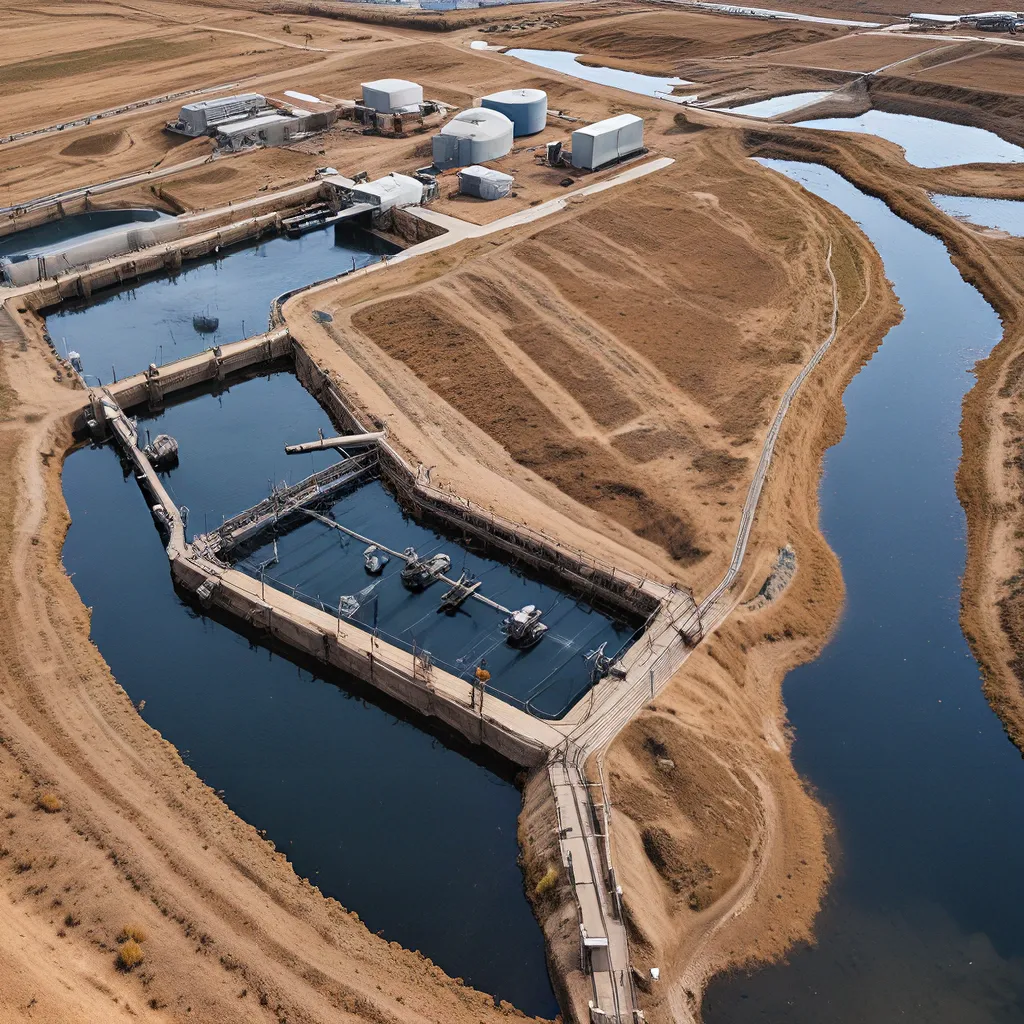
As someone who’s always been fascinated by the intersection of technology and the environment, I’ve been closely following the exciting developments in the field of bioelectrochemical systems (BES) and their potential to revolutionize wastewater treatment. It’s like discovering a hidden superpower that can not only clean our dirty water, but also transform it into valuable resources. Buckle up, because this is going to be a wild ride!
Diving into the World of Bioelectrochemical Systems
Imagine a system where microorganisms are the real heroes, using their natural metabolic processes to clean up our wastewater while simultaneously generating electricity or producing useful chemicals. That’s the beauty of BES – they harness the incredible power of these tiny creatures to do the heavy lifting for us.
At the heart of a BES is an electrochemical cell, where a series of reduction and oxidation reactions take place. The bacteria in the system act as living catalysts, breaking down organic matter and transferring electrons to an electrode. This not only removes pollutants, but also generates a small electrical current that can be harnessed for various applications.
According to the U.S. government, BES have the potential to transform the way we manage our wastewater, offering a more sustainable and resource-efficient approach compared to traditional treatment methods.
Revolutionizing Wastewater Treatment
One of the biggest advantages of BES is their ability to recover valuable resources from wastewater. Think about it – our wastewater is a goldmine of nutrients, metals, and organic compounds that we’ve been flushing down the drain for years. With BES, we can capture these resources and put them to good use.
For example, nitrogen and phosphorus – essential nutrients for plant growth – can be recovered and repurposed as fertilizers. Federal government websites suggest that this could help reduce our reliance on synthetic fertilizers and promote more sustainable agriculture.
But the potential doesn’t stop there. BES can also be used to generate biofuels like methane or hydrogen from the organic matter in wastewater. These renewable energy sources can then be used to power the treatment process or even be fed back into the grid. It’s a true circular economy in action!
Overcoming Challenges and Exploring New Frontiers
Of course, like any emerging technology, BES face their fair share of challenges. Scaling up these systems to handle large-scale wastewater treatment is one of the key hurdles researchers are working to overcome. Recent studies suggest that improvements in reactor design, microbial consortium optimization, and energy efficiency can help pave the way for more widespread adoption.
Another area of active research is the integration of BES with other treatment technologies, such as membrane filtration or anaerobic digestion. By combining the strengths of these different approaches, we can create even more robust and versatile wastewater treatment systems.
And let’s not forget the exciting potential of hybrid BES, which can simultaneously generate electricity, produce valuable chemicals, and remove pollutants. The possibilities are truly endless! As wastewater treatment experts continue to push the boundaries of this technology, I can’t wait to see what the future holds.
Embracing the Bioelectrochemical Revolution
As someone who’s passionate about sustainable solutions, I find the rise of BES to be both thrilling and inspiring. These systems offer a glimpse into a future where our wastewater is no longer a burden, but rather a valuable resource that can fuel our communities and protect our environment.
While there’s still a lot of work to be done, the progress we’ve seen so far is truly remarkable. It’s like we’ve unlocked a secret superpower that can clean our water, generate energy, and produce useful chemicals – all while reducing our environmental impact.
So, if you’re as excited about this technology as I am, I encourage you to dive deeper into the world of bioelectrochemical systems. Explore the latest research, keep an eye on the ongoing developments, and maybe even consider how you can get involved in this bioelectrochemical revolution. Who knows, you might just be the one to take this technology to the next level!